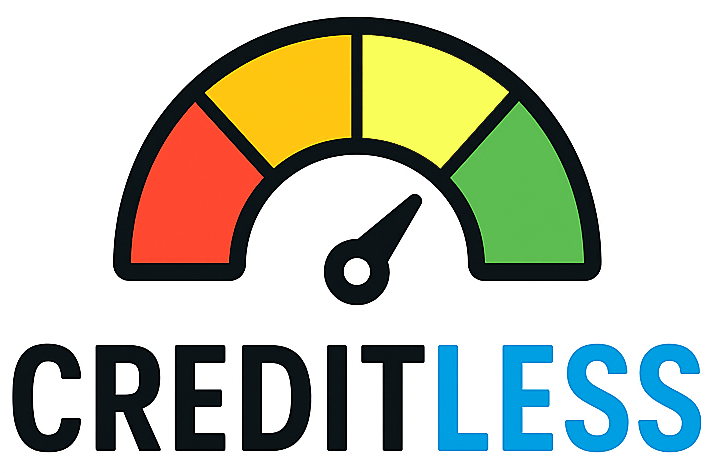Introduction — A Simple Reason to Think Twice Before Closing
It’s tempting to close a credit card you no longer use — especially if it has no rewards, is a hassle, or carries an annual fee. But closing a long‑held account can unintentionally lower your credit score because two of the most influential components of most scoring models are your credit utilization (how much of your available credit you use) and the length of your credit history (average age of accounts).
This article breaks down the math behind those effects, explains what happens to closed accounts on your credit report, and gives clear steps you can take to close an account with minimal damage — or alternatives that protect your score.
The Math: How Closing One Card Can Raise Your Utilization
Credit utilization is calculated as: (total balances) ÷ (total credit limits). If you close a card, you remove that card’s credit limit from the denominator — which increases the ratio even if your balances don’t change.
Example: you have three cards with limits of $10,000, $5,000 and $2,000 (total limit $17,000). If your outstanding balances total $2,550, your utilization is 2,550 ÷ 17,000 = 15.0%.
If you close the $10,000 card but keep the same $2,550 balance, your available credit drops to $7,000 and utilization jumps to 36.4% (2,550 ÷ 7,000). That move alone can lower your score, because higher utilization signals greater risk to lenders.
Key takeaway: closing a high‑limit card produces the largest utilization effect; closing a low‑limit card has a smaller effect. The same math applies at the per‑card level (some models consider both overall and individual‑account utilization).
Average Age of Accounts: Why an Old Card Helps — Even If You Don’t Use It
Length of credit history is commonly measured by metrics such as the average age of accounts and the age of your oldest account. Keeping older accounts on your file increases those averages and can lift your score, especially if you have a relatively short credit history or few accounts.
Importantly, accounts you close in good standing don’t vanish immediately: they typically remain on your credit report for up to 10 years and can continue to contribute to average age during that period. But once that closed account falls off your report, the average age can drop and your score could decline.
Example: if your four accounts are 10, 5, 3 and 2 years old, the average age is (10+5+3+2) ÷ 4 = 5 years. If you permanently lose the 10‑year account later, average age becomes (5+3+2) ÷ 3 = 3.33 years — a meaningful decline in the age metric used by scoring models.
Practical Guidance — When to Close, When to Keep, and Safer Alternatives
Deciding whether to close an account should be a balance of cost (annual fees, fraud risk) and score impact (utilization, age). Consider these steps:
- Run the math first: add up your total credit limits and balances. Estimate how your utilization would change if you closed the card. If the ratio approaches or exceeds ~30%, the hit may be meaningful; top scores often sit below 10% utilization.
- Ask the issuer to downgrade: switching to a no‑fee version preserves the account and its limit (and history) without the annual fee. This avoids the age and utilization problems caused by closing. Industry reporting and expert sources recommend downgrading when possible.
- Request a credit‑limit increase on another card: increasing other limits can offset the loss from a closed card — but be mindful that some increases trigger a hard inquiry, which can cause a small short‑term dip.
- Use a small recurring charge: if an issuer closes inactive accounts, occasionally using the card for a small subscription and paying on time can keep it open without increasing debt risk.
- Stagger closures and plan around major loans: if you must close accounts, close them one at a time and avoid doing so in the months before a mortgage or auto loan application.
Finally, if you can’t avoid closing an account with a large limit, prioritize paying down balances on remaining cards first — that directly reduces utilization and mitigates score damage.
Bottom line: closing a card is sometimes the right financial choice, but it has predictable effects on utilization and average account age. Calculate the numbers, consider downgrading, and use targeted actions to protect your score.
For official, consumer‑facing guidance from regulators and credit bureaus, see the Consumer Financial Protection Bureau and the major bureaus’ advice pages.
